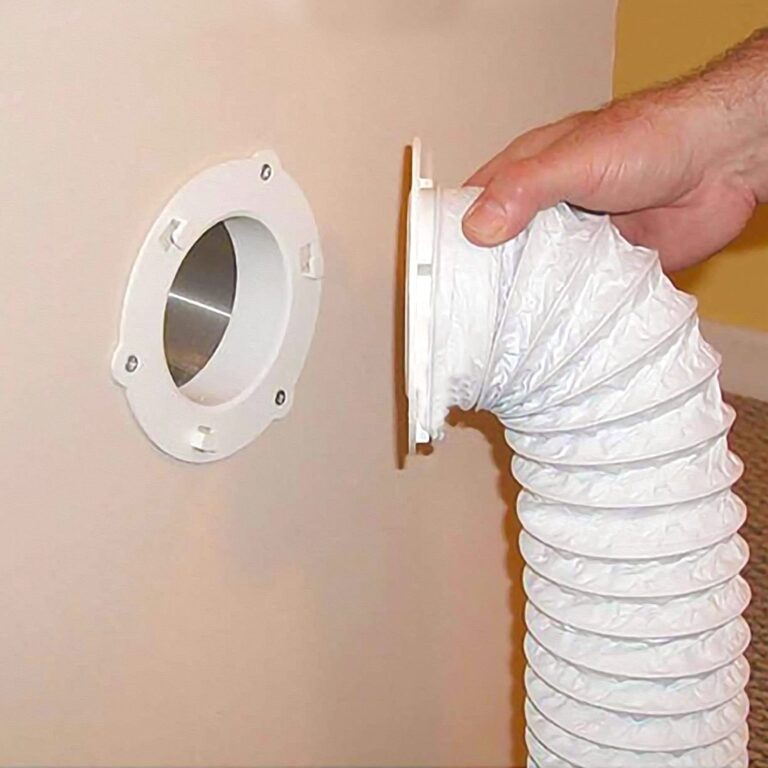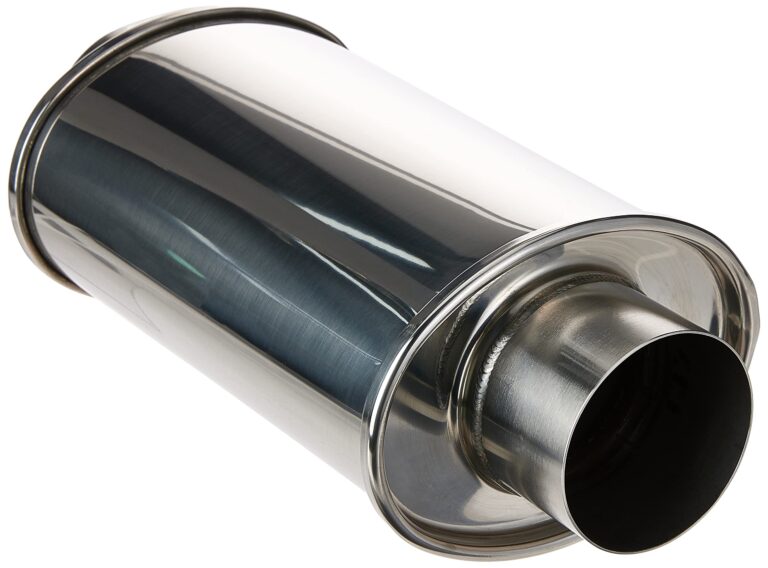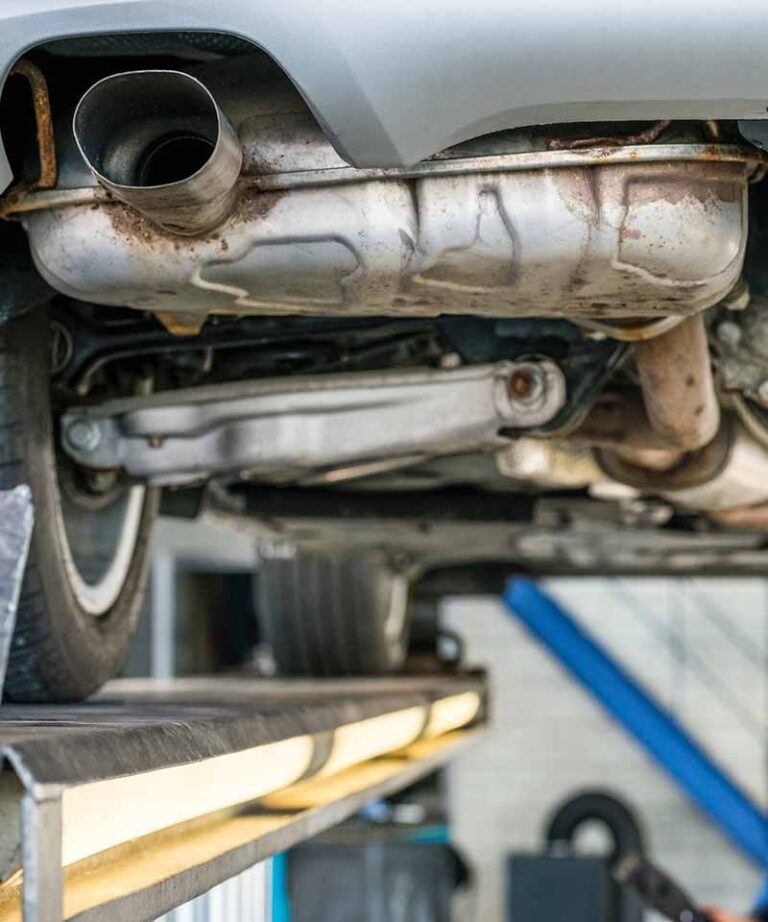How Can I Quickly Determine a Low Tire?
To determine which tire is low, you can use a tire pressure gauge to measure the pressure in each tire. Once you have the readings, compare them to the recommended pressure levels provided by the vehicle manufacturer.
The tire with the lower reading is likely the one that needs to be inflated. Remember to regularly check your tire pressure as part of your routine maintenance to ensure optimal performance and safety on the road. Maintaining proper tire pressure is crucial for driving safety and vehicle performance.
With one or more tires running low on air, it not only impacts fuel efficiency but also compromises handling and increases the risk of accidents. Therefore, it is essential to promptly identify the tire in question and address the issue. We will explore an effective method to determine which tire is low, empowering you to take quick action and ensure optimal tire performance. By following these simple guidelines, you can keep your tires properly inflated and maximize their lifespan, while ensuring a smooth and safe driving experience.
**visual Inspection For Low Tire**
One way to determine if a tire is low is by visually inspecting it. Observing tire deflation is a key indicator of low tire pressure. Look out for a tire that appears visually smaller or flatter than the other tires. In addition, checking for bulging or sagging tire is important as this can indicate low pressure or potential tire damage. Inspecting for uneven wear patterns on the tire can also suggest low tire pressure. Another method is comparing tire pressure between all the tires. If one tire has significantly lower pressure than the others, it may be low. To get an accurate reading, use a tire pressure gauge to measure the exact pressure of each tire. Finally, evaluate the pressure against recommended levels. Consult your vehicle’s manual or the sidewall of the tire for the recommended pressure range and adjust accordingly.
**checking Tire Performance**
One way to determine if a tire is low on air is by monitoring the handling and steering of your vehicle. Changes in these aspects may indicate an issue with tire performance. Additionally, difficulty in maneuvering the car can also be a sign of a low tire.
Tire noise can also give you a clue if a tire is low. Pay attention to any unusual or excessive noise coming from the tires. Roaring or humming sounds could indicate a tire problem. Regularly listen for these sounds to identify any changes that may signal a low tire.
| Signs of Low Tire |
|---|
| Detecting changes in vehicle stability |
| Assessing difficulty in maneuvering |
| Paying attention to tire noise |
| Recognizing unusual or excessive noise |
| Identifying roaring or humming sounds |
**utilizing Technology For Tire Diagnosis**
Utilizing Technology for Tire Diagnosis
One of the easiest ways to tell which tire is low on air is by utilizing a tire pressure monitoring system (TPMS). With TPMS, you can rely on warning symbols and readings displayed on the dashboard of your vehicle. These symbols and readings are designed to indicate when tire pressure is low. Additionally, smartphone apps and Bluetooth devices can also be used to monitor tire pressure. By installing tire pressure monitoring apps on your phone and connecting them to Bluetooth sensors, you can receive live data on your tire’s air pressure. This allows you to easily identify which tire requires inflation. By leveraging technology such as TPMS and smartphone apps, you can keep your tires in optimal condition and ensure a safe and smooth driving experience.
| Utilizing Technology for Tire Diagnosis |
| Using tire pressure monitoring system (TPMS) |
| Understanding the TPMS warning symbols |
| Interpreting the readings on the dashboard |
| Utilizing smartphone apps or Bluetooth devices |
| Installing tire pressure monitoring apps |
| Connecting Bluetooth sensors for live data |
**emergency Measures For Low Tire**
Emergency Measures for Low Tire:
Checking the tire pressure without a gauge is a common concern for drivers. In emergency situations, there are a few measures you can take to assess the tire pressure. One method is the thumb pressure test, where you press firmly on the tire with your thumb to gauge its inflation level. Additionally, visually inspecting the tire for any signs of deformation such as bulges or indentations can indicate low pressure. If needed, you can inflate tires on the road using a portable air compressor. These compact devices are easy to carry and can quickly inflate your tires in case of an emergency. Alternatively, visiting nearby service stations or tire shops to get the tires inflated is another reliable option. Remember to regularly monitor your tire pressure and address any concerns promptly to ensure your safety on the road.
**maintaining Proper Tire Pressure**
Maintaining Proper Tire Pressure
Frequent tire pressure checks are crucial for ensuring that your tires are properly inflated. Under-inflated tires can lead to decreased fuel efficiency, uneven treadwear and poor handling, while over-inflated tires can cause reduced traction and a harsher ride. To determine the correct tire pressure for your vehicle, refer to the owner’s manual or the sticker on the driver’s side door jamb. Scheduling routine tire inspections will help you identify any potential issues such as leaks or punctures. In addition, regularly rotating your tires can ensure even wear and extend their lifespan. It is also important to maintain correct alignment and balance, as misalignment and imbalance can cause uneven wear and affect the handling of your vehicle. By adopting proper tire care habits and following these practices, you can ensure the safety and performance of your tires.
**expert Advice On Low Tire Detection**
Expert Advice on Low Tire Detection
When it comes to identifying which tire is low, it is important to consult with tire professionals who have extensive knowledge and experience in this area. These experts can provide you with accurate information and guidance on tire maintenance.
One option is to seek guidance from tire professionals at your local tire shop. These experts can perform a thorough inspection of your tires and help you determine which tire is low.
Additionally, you can get assistance from mechanics at an auto repair shop. They have the expertise to diagnose any tire problems and help you identify the low tire.
In addition to seeking advice from professionals, you can also learn from online resources. There are numerous tire maintenance blogs and websites that provide valuable information on how to detect low tires.
Moreover, participating in online forums dedicated to tire-related discussions can be helpful. These forums allow you to ask questions and learn from other individuals who have faced similar issues.
By utilizing these resources and consulting with experts, you can easily identify which tire is low and prevent any potential tire-related problems from occurring in the future.

Credit: www.amazon.com
Frequently Asked Questions For How Can I Tell Which Tire Is Low
How Can You Tell Which Tire Is Low Without Gauges?
You can check if a tire is low without a gauge by visually inspecting the tires for any obvious signs of deflation, such as sagging or bulging. You can also tap the tires with a hard object and listen for a hollow sound, which indicates insufficient air pressure.
Does The Tire Pressure Light Tell You Which Tire Is Low?
Yes, the tire pressure light indicates which tire is low on pressure.
How Does Tpms Know Which Tire Is Which?
TPMS knows which tire is which through sensors located in each tire, which send information to a central monitor. The monitor then displays the tire pressure and identifies the specific tire with a corresponding icon or position on the display.
Why Does My Car Say Low Tire Pressure But Tires Are Fine?
Your car’s low tire pressure warning may be triggered by various factors other than actual tire pressure. Check for tire damage, faulty sensors, or issues with the tire pressure monitoring system. If no problems are found, consult a professional for further inspection.
Conclusion
To sum up, identifying a low tire is crucial for maintaining optimal vehicle performance and safety. By paying attention to warning signs such as uneven tread wear, vibrations, and difficulty in steering, you can be proactive in identifying and addressing low tire pressure.
Regularly checking tire pressure, using a tire pressure gauge, and consulting your vehicle’s manual for recommended PSI levels will help ensure your tires are always in good condition. Remember, taking care of your tires means taking care of your journey.







